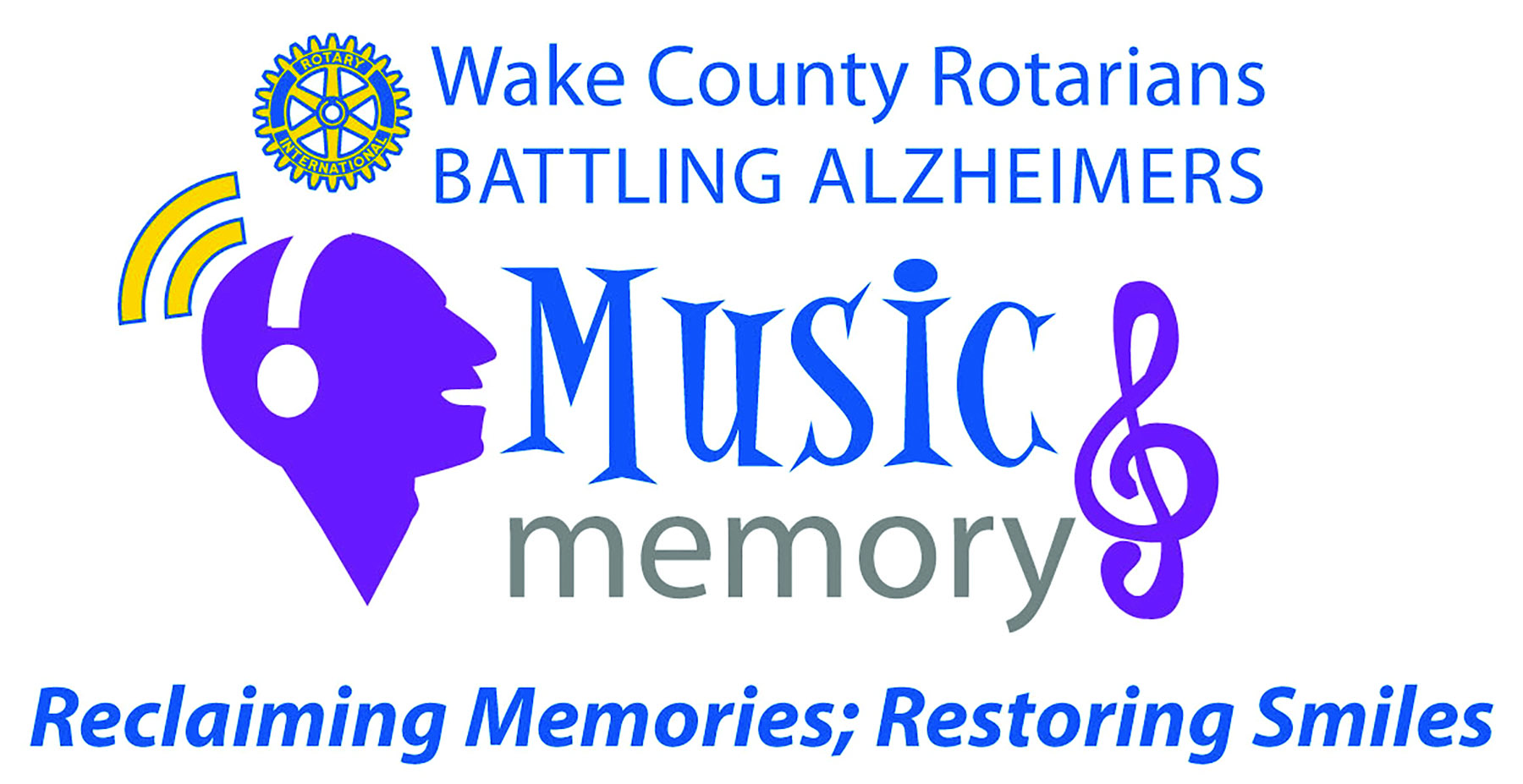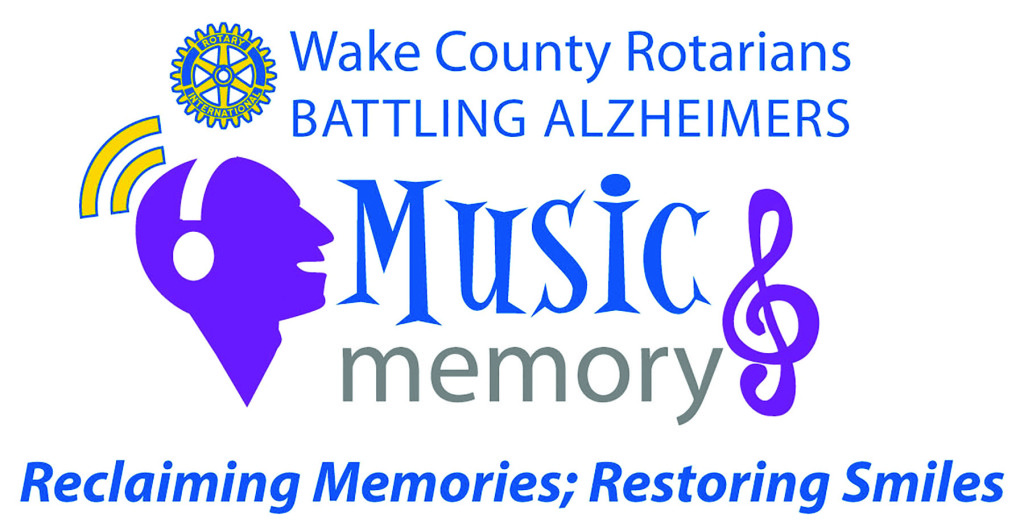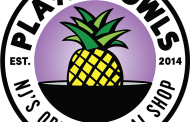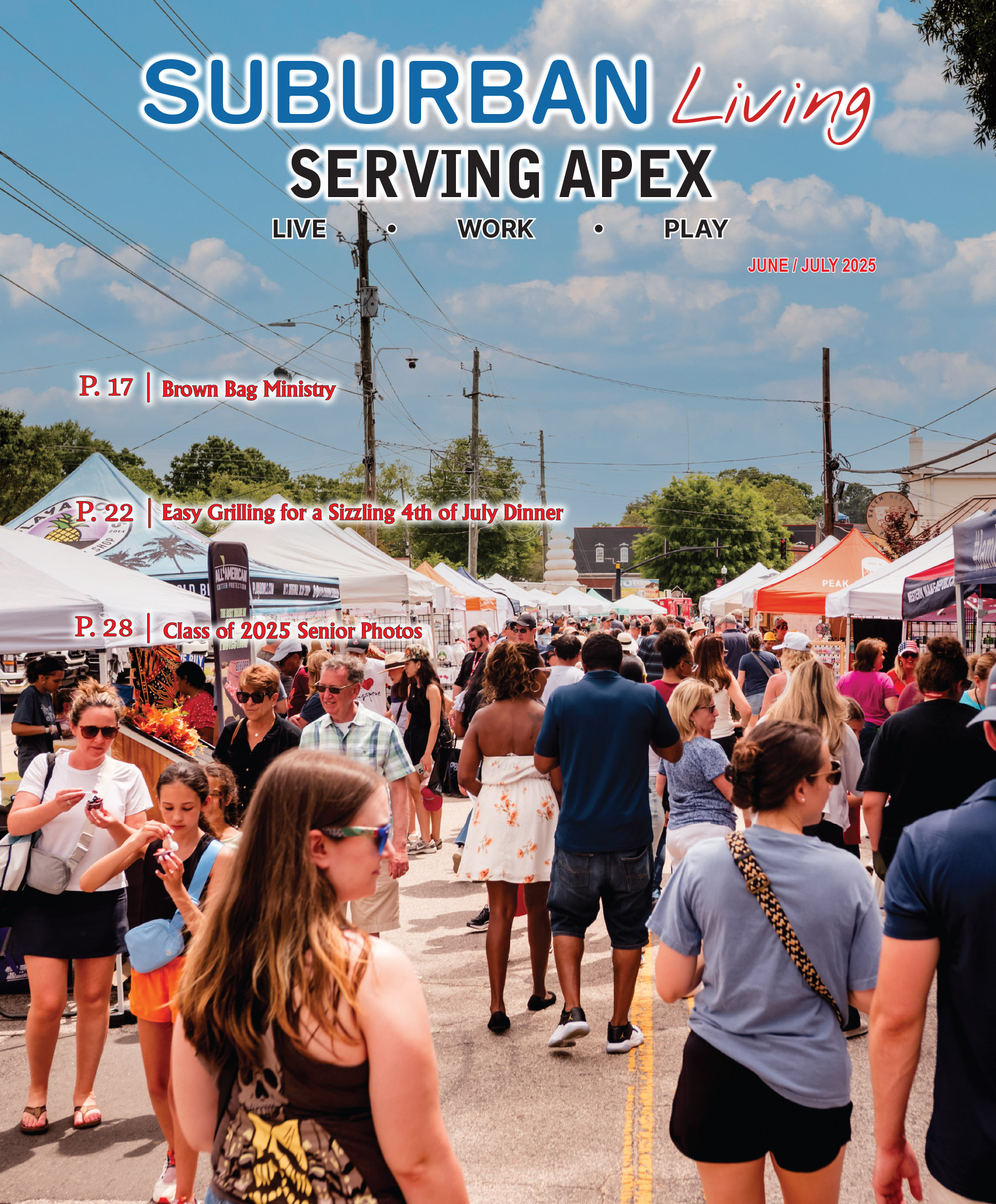Retirement and the golden years can be a time filled with renewal and relief. The house might be paid for, you have time for projects that have been put off for years, and the kids are grown and no longer dependent on you for much more than a word of reassurance, a cup of coffee, and occasional babysitting. But aging has its distressing side. A loss of independence. Isolation. Illness. Physical, emotional, and cognitive setbacks take longer to recover from and can be devastating depending on their severity.
Dementia and Alzheimer’s cause gradual deterioration, and everyone feels the effects. As a loved one loses touch with the present, there’s often little else that can be done other than remember them as they used to be and entrust their care to those who can tend to their physical comfort. But there’s no ignoring the hopelessness that inhabits a memory-care facility and the loneliness felt by its residents.
Incredibly, however, there are dementia and Alzheimer’s sufferers whose minds are coming back to life. People who did not speak, whose unpredictable behaviors made care challenging, or whose quality of life was dependent upon medication are re-connecting with their memories and their loved ones.
How? Music.
Our Brains and Our Music
Music & Memory is a non-profit organization based in New York that provides care facilities with training and equipment to bring music into their residents’ lives. And not just any music—the music that was meaningful in each person’s life. Big band, jazz, military marches, country classics, and other tunes are loaded onto iPods as customized playlists and residents listen with over-ear headphones.
Since 2010, the results have been astounding and life-changing for thousands of people who struggle with the effects of cognitive deterioration.
Scientists have discovered that our brains keep the longest hold on memories linked to music. The love song on the radio when you kissed your future spouse. The country tunes you listened to from state to state when you drove cross-country after graduation. The classical music your parents danced to in the kitchen instead of doing the dishes.
Music triggers memories. Music influences brain activity. Music can improve the quality of life for people with cognitive diseases.
When local businessman and Apex resident John Sperath stumbled on a documentary about the brain-music connection, he was moved first to tears and then to action. A 15-year volunteer with the Apex Fire Department, Sperath was no stranger to community service. After leaving the fire department seven years ago, he attended an Apex Sunrise Rotary Club meeting with a friend and knew he had found another outlet for serving others. A clearer mission took shape when, after some time as a Rotarian and a year as the club’s president, he watched “Alive Inside” and discovered the Music & Memory certification program for elder-care facilities.
“The movie shows people who were in the deep throes of the illness,” Sperath explains, “and when a set of headphones was put on them and [they heard] their music, it awakened them. In many cases, they became cognizant to the point of actually having a conversation with someone. It was phenomenal.”
Rotary clubs at the district, state, and international levels contribute in many ways to Alzheimer’s research, but Sperath saw Music & Memory as a significant and meaningful activity for the Apex Sunrise Rotary Club. “I showed them the movie and they all cried. We started a committee and I took the movie and a presentation to other Rotary clubs. I show a clip of the movie and start a discussion with a show of hands. ‘Who has been impacted by dementia or Alzheimer’s?’ Every time, 95% of the people raise their hands.” Sperath’s presentation to the Holly Springs Rotary Club began a partnership that has resulted in the implementation of the Music & Memory program in six local memory-care facilities.
Music & Memory Certification
The Music & Memory Foundation in New York trains care facilities to become Music & Memory Certified Care Organizations. The comprehensive list of topics includes the science and research behind the brain-music connection, creating and managing music libraries and playlists, working with families to acquire favorite music, handling and protecting digital music devices and associated equipment, as well as integrating the program into daily care and evaluating its effectiveness.
When it comes to presenting the program to a care facility, Sperath says, “If they’re interested, we can provide them with the training, which varies price-wise with the size of the facility. Once they’re certified, we provide the iPods, headsets, and a laptop. We set them up for the program.”
“You can have multiple playlists on the iPod,” Sperath explains. “If a person typically has a hard time getting going in the morning, you can have music that’s light and energetic. If they don’t want to take their medication, you can have a playlist that’s calming. It can be fine-tuned to that level.” This can be crucial because when residents have little to no interaction with others, they experience depression and frustration and often become belligerent and unpredictable. Families participating in the program are seeing their loved ones remaining longer at home and their medications reduced.
For all of its benefits the program can be, in Sperath’s words, “like pushing rope”—a hard sell with some care facilities. Overworked and underpaid employees may feel overwhelmed by new processes for keeping up with listening devices and their playlists and headphones, and supplying equipment to residents. “Everybody thinks it’s a great idea. We provide the equipment and initial funding.” But Sperath adds, “To do the work of implementation is difficult. A lot of times, families push [the program] with the caregivers. Most places have family nights and if we can make a presentation on family night, families will often donate CDs and be active in making playlists for their resident in that facility.”
To help with implementation, Sperath and his fellow Rotarians will work with family members to brainstorm playlists, acquire songs using iTunes gift cards or donated CDs, load playlists onto iPods, and create music libraries on laptops. The effort is worth it, according to Sperath. “These folks are out of sight, out of mind. Some are not that old and they’re going to live for another 20 years. That’s a long 20 years to be gradually declining and, at some point, reaching a state where they’re bedridden and catatonic.”
One thing that is not declining is the tremendous amount of hope behind this mission. To enable more facilities to offer the Music & Memory program to their residents, the Apex and Holly Springs Rotarians have a short wish list.
Funding
A matching grant program and regular club fundraising activities have been key to providing Music & Memory training and equipment in our area. But this is just one of the many projects Rotarians are committed to when it comes to raising awareness of cognitive disease and funding Alzheimer’s research. Donations to help with Music & Memory implementation are always needed, whether financial or in the form of equipment.
Information Sharing
Sperath considers education and information to be a challenge when promoting the program. “Some of the facilities have never heard of Music & Memory,” he explains. “Getting the word out to the general public and educating them about this program—and the fact that it is available here—is what we need to accomplish. If people know about the program, they can ask about it when they’re interviewing a facility for their loved one.”
Involvement
Rotary clubs, like other civic organizations today, are seeing changes in their membership. “We would love to have more students involved in this program and in our club,” Sperath says. Although students face time and budget constraints, high schools and colleges have youth-focused Rotary clubs. Encouraging young people to join Interact and Rotaract introduces them to environments where they can help in very direct ways.
Sperath is passionate about the Music & Memory program. “Doctors can write prescriptions all day long for drugs that will be covered by insurance. But if you want a $50 iPod and a set of headphones for a loved one, that’s not covered. Facilities don’t have a line item in the budget for this. That’s why we’re providing the equipment. This is about quality of life.”
The Music & Memory program builds pathways to treasured recollections and reestablishes a sense of order in a chaotic brain. For families faced with the heartbreaking reality of someone dear slipping into that dark unknown we still know so little about, Music & Memory is a chance to have more time with those who matter most to us. For our loved ones struggling to remember how to perform simple tasks, not recognizing family members, and experiencing confusion and fear, Music & Memory is a chance to feel calm.
Most of all, Music & Memory is about hope.
To learn more about Music & Memory, visit musicandmemory.org, and watch “Alive Inside,” the documentary that is changing lives, available on Hulu and Netflix. To provide financial support and bring Music & Memory to our area’s care facilities, visit www.GoFundMe.com/aliveinside. If you have questions or wish to donate equipment (especially original, labeled CDs or new iPods) contact John Sperath at jsperath@gmail.com.









